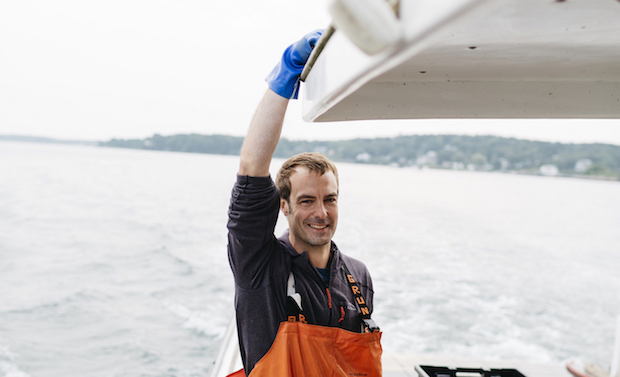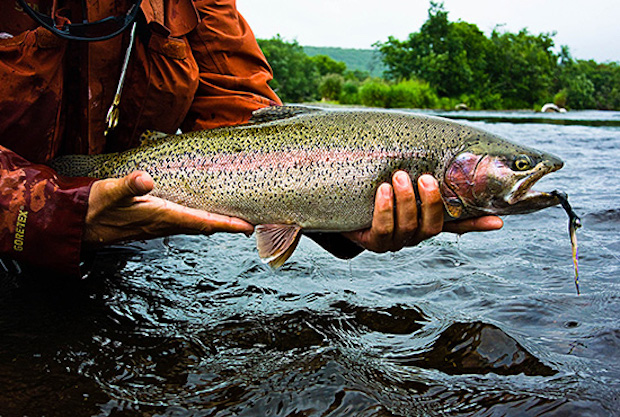
Photo: Michael Piazza
STORY BY BARTON SEAVER
“Farmed or wild?” is a question that I am asked far too often. Both means of production have their detractors and share of damaging practices. However, aquaculture, or the farming of seafood, has long suffered disproportionately in the public’s perception of this oft-maligned, yet vital food source. As a chef who once quite vociferously preached that aquaculture across the board was “farmed and dangerous,” I don’t regret the passions that drove me to that position, but I do proudly sing a redemption song.
The public often hears damning information—some of it true—about aquaculture, so much so that it obscures the major advances the industry has accomplished. It’s important that we see the industry in a broader context that goes beyond environmental metrics. When aquaculture is viewed in this larger frame of reference, the acute measure of its environmental impact is no longer a good judge of its value to our society.
One of the failures in our efforts to evaluate the sustainability of aquaculture has been that we have not measured it against other protein choices.
If we compare seafood with terrestrial proteins, measuring each by the environmental impacts of land-use alterations, greenhouse gas emissions, antibiotic use, freshwater use, and feed conversion ratios, seafood is often the better environmental choice. While I am by no means anti-beef or any other properly raised farm animal, our health and that of the environment depend on diversity. When we make seafood decisions based on evaluations inclusive of the environments, cultures, and economies of maritime communities and the positive health impacts of seafood consumption, we can better appreciate its role in our food system.
If we are to be a healthy society, both wild and farmed seafood must be part of our sustainable choices. In fact, farming seafood is one of the great opportunities available to expand food production, increase quality of life and health outcomes, sustain coastal communities, and restore the resiliency and productivity of our oceans.
U.S. dietary guidelines recommend eating eight or more ounces of seafood per week. Research by Dr. Dariush Mozaffarian of Tufts University found that consuming just three to six ounces of fish high in omega-3 fatty acids (farmed or wild) a week has been shown to reduce the risk of death from coronary heart disease by 36%, making seafood so important that Mozaffarian declares “the three S’s of public health to be: wear your seatbelt, don’t smoke, and eat seafood.”



